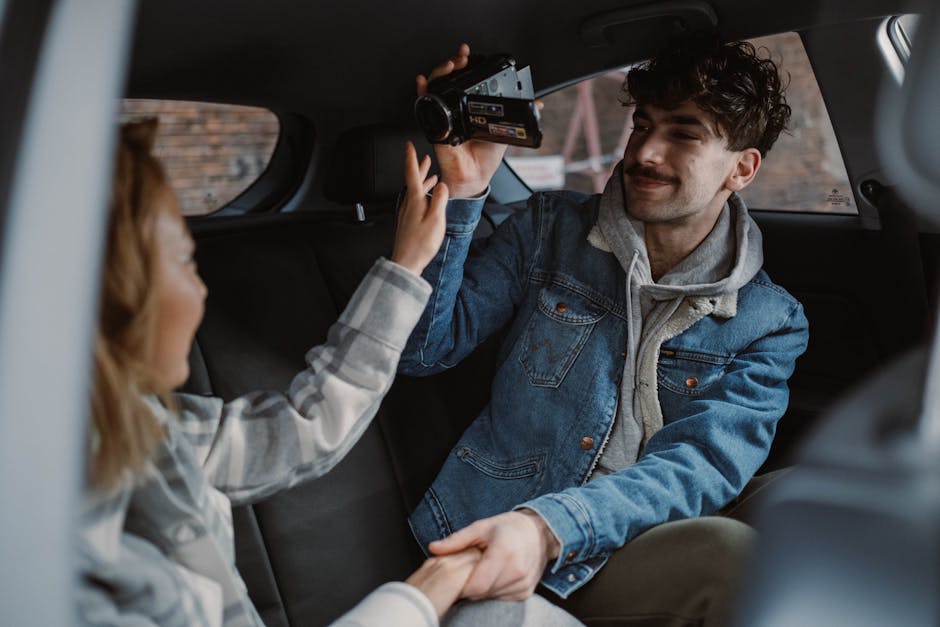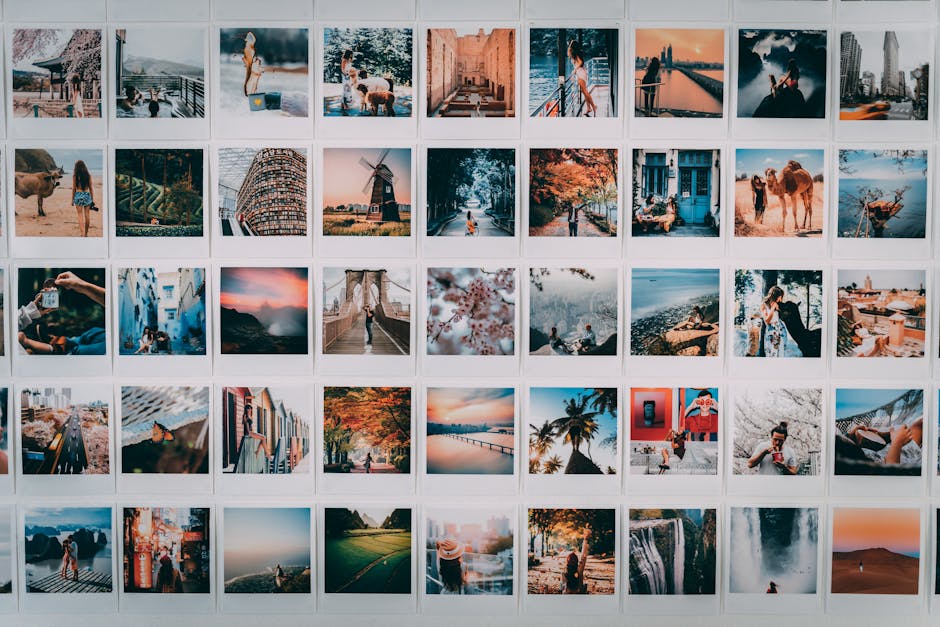Storyboarding Your Travel Videos for Maximum Impact
Creating travel videos that captivate an audience involves more than just pointing a camera at picturesque locations. The most engaging travel content often stems from careful planning and deliberate storytelling, which is where storyboarding becomes essential. By structuring your video in advance, you can ensure a cohesive narrative that resonates with viewers, making your content stand out in the vast sea of travel media. Storyboarding allows you to organize your shots, focus on key moments, and enhance the overall impact of your video, ensuring it captures both the beauty of the location and the emotion of the experience.

What is Storyboarding?
Storyboarding is a visual representation of your video, typically created by sketching out key scenes or using digital tools to map out each shot. It’s similar to creating a comic strip for your travel adventure, detailing everything from camera angles to transitions. Storyboarding helps you visualize your travel video before filming begins, giving you a clear sense of direction and flow.
Whether you're using pen and paper or specialized software like StudioBinder or Milanote, the goal is to outline each significant moment in your video. This process helps you avoid disorganization during filming and ensures you capture all the footage you need for post-production. A solid storyboard can save both time and frustration by minimizing unnecessary reshoots and ensuring a clear narrative structure.
A well-organized storyboard also helps you maintain consistency in style and tone throughout the video. For instance, if you're aiming for a relaxed, cinematic feel, your storyboard can remind you to include slow-motion shots or specific color grading ideas during post-editing.
Why Storyboarding Matters for Travel Videos
Travel videos often aim to transport viewers to new destinations, evoke emotions, or inspire wanderlust. Without a structured plan, It’s easy for these videos to become a random collection of footage with no real story behind them. A detailed storyboard addresses this by ensuring there’s coherence between different scenes, so each shot builds on the last to create a compelling narrative arc.
By planning your shots ahead of time, you can also ensure that important moments (like sunsets or street festivals) are captured at their best. This foresight not only improves the technical quality of your video but also enhances its emotional impact. For example, planning to shoot during golden hour (just after sunrise or before sunset) can add warmth and depth to your visuals.
- Helps establish a clear narrative
- Ensures that key moments are not missed
- Makes editing easier by providing a logical flow of shots
- Improves shot composition by planning angles and lighting ahead
A storyboard becomes especially useful when traveling to fast-paced destinations like busy markets or vibrant festivals where timing is everything. With a plan in place, you’re less likely to miss important moments amidst the excitement.
Key Elements of an Effective Storyboard
An effective storyboard contains several crucial elements that will guide your filming process. These include shot descriptions, camera angles, transitions between scenes, and notes on audio or background music. Including these details ensures that everyone involved in production understands how each part of the video fits together.

Let’s break down some key elements:
- Shot Descriptions: Briefly describe what will happen in each scene, whether it’s capturing a panoramic view of a landscape or close-up footage of local cuisine being prepared.
- Camera Angles: Detail where the camera will be positioned, will it be handheld for an intimate feel or mounted on a tripod for stability?
- Transitions: Note how one scene will flow into the next. Will there be smooth fades between shots or quick cuts? These decisions affect pacing and mood.
- Audio Notes: Consider whether you'll use ambient sound from the location or overlay background music. This helps set the emotional tone for each section.
The more detail you provide in your storyboard, the easier it will be to execute your vision while filming. Plus, having notes on hand allows you to quickly adapt if something unexpected happens during your travels, whether that’s weather changes or spontaneous interactions with locals.
The Role of Flexibility
No matter how meticulously planned a storyboard might be, flexibility is crucial when shooting travel videos. Unpredictable events often lead to some of the most memorable footage (think spontaneous street performances or unexpected wildlife encounters) that weren't part of your initial plan.
This is why it's important not to view your storyboard as rigid but rather as a guideline. While it provides structure and direction, it should allow room for improvisation as needed. Being able to adapt on-the-fly while keeping the core narrative intact is what separates professional-level content from amateur attempts.
If you find yourself deviating from your original plan due to circumstances beyond control (such as bad weather) you can still refer back to your storyboard during post-production for guidance on how best to arrange any new footage into coherent sequences.
Using Digital Tools for Storyboarding
The traditional method of storyboarding involves sketching scenes on paper; Digital tools have made this process much more efficient and accessible. Software options such as Adobe Premiere Pro’s built-in storyboard feature or apps like Boords make it easy for creators at any skill level to organize their ideas visually without needing artistic drawing ability.
These tools come with pre-designed templates where users drag-and-drop images representing different shots into specific sequences on-screen before assigning them descriptions like "close-up" or "pan left." Some platforms even offer collaboration features, useful if working alongside other videographers remotely!
| Digital Tool | Key Features |
|---|---|
| Milanote | User-friendly interface with customizable templates ideal for beginners. |
| StudioBinder | A comprehensive platform offering storyboards alongside production management features. |
| Boords | An intuitive tool designed specifically for storyboarding with drag-and-drop functionality. |
| Trello (with custom boards) | A versatile project management tool that can be adapted for storyboarding purposes. |
Shooting According To Your Storyboard: Putting It Into Practice
Once your storyboard is complete, it's time to put it into action during filming! Start by reviewing each frame carefully before heading out with equipment, you'll want every element accounted for once on-site since certain shots may require specific gear like drones or gimbals depending upon desired outcomes (e.g., smooth aerial views versus dynamic tracking shots).